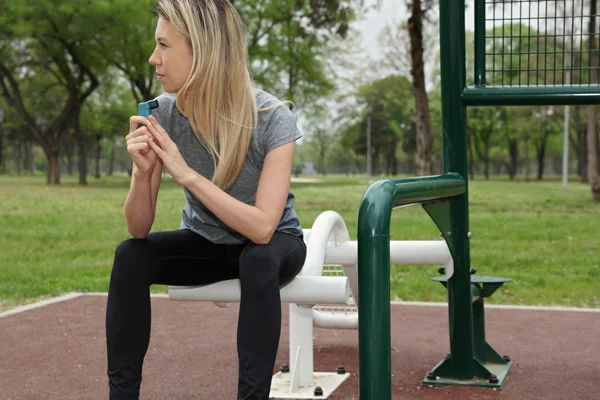Watersafety in Inland waterways
We all know supervision is a must and when we are at the beach, the safest place to swim is in between the flags. As summer approaches, swimming pool gates are checked and locked, but what precautions do we take when we travel to and swim in inland waterways?
According to Royal Life Saving Society - Australia’s National Drowning Report for 2019, inland waterways saw the highest number of drowning deaths (29%), compared to swimming pools (11%) and beaches (26%). Overall, 276 people drowned in Australian waterways, 101 of those occurred in an inland waterway.
What is an Inland Waterway?
River
Creek
Stream
Lake
Dam
Lagoon
Inland Waterways and General Safety
Inland waterway safety is key. As summer approaches, Far North Training & Consultancy encourages you to play it safe by following these simple steps:
Always supervise your children, remember there are no lifeguards on duty
Don’t swim after drinking alcohol. Only operate a powerboat if your alcohol level reading is under 0.05, on the road and on the water. This equates to approximately one or two standard alcoholic drinks
Remain under 0.05 when driving your boat or vehicle
Lock your vehicle and don’t leave valuables unattended
Respect other visitors and be mindful of the noise and other nuisances
Keep in mind that much of the land surrounding the lake is private property which must not be accessed
Exercise caution as water levels are subject to change and there may be submerged objects
Be aware of local fauna, such as snakes and always carry a first aid kit
Stay on trails as venturing away from marked trails causes damage to the environment
Keep safe distances between powerboats and swimmers and paddle crafts
Boats must allow 30 metres between the boat and swimmers and paddle crafts
Jet skies should allow 60 metres between the jet ski and swimmers and paddle craft
Watercrafts should only be launched into the water from designated launch points (such as a boat ramp)
To provide a safe environment for yourself and your family, make sure you are aware of the possible dangers which exist in and around inland waterways:
Submerged Objects. Submerged trees, branches and boulders are often not invisible from above the surface and present a real risk of neck and spinal injuries, especially to divers. Never dive into inland waterways. Enter the water slowly, feet first.
Banks. A crumbling riverbank can mean an accidental fall into the water.
Riverbeds. Uneven or unstable riverbeds and slippery underwater obstacles can be a contributing factor to injury or death.
Water Temperature. Water can be a lot colder than it appears. Hypothermia can occur if the body’s internal temperature suddenly drops and puts your vital organs at risk.
Flooded Waterways. Do not try and cross via swimming or with a paddle craft or powered vessel.
Heavy rainfall. Storms can dramatically alter the water level of inland waterways. Use caution, even in familiar environments.
Currents. Very unpredictable as they rarely follow the contour of the river. REMEMBER that water conditions in inland waterways can change often. Although it may have been suitable an hour ago, it can change hourly due to the current
INCASE OF EMERGENCY DIAL 000 — Don’t hesitate!
Other drowning Statistics:
The full Royal Life Saving Society - Australia report can be found here: National Drowning Report 2019
Get in touch
If you have any questions regarding any of the courses on offer, please do not hesitate to contact us. Call us on 07 4098 1228 or get in touch today.










